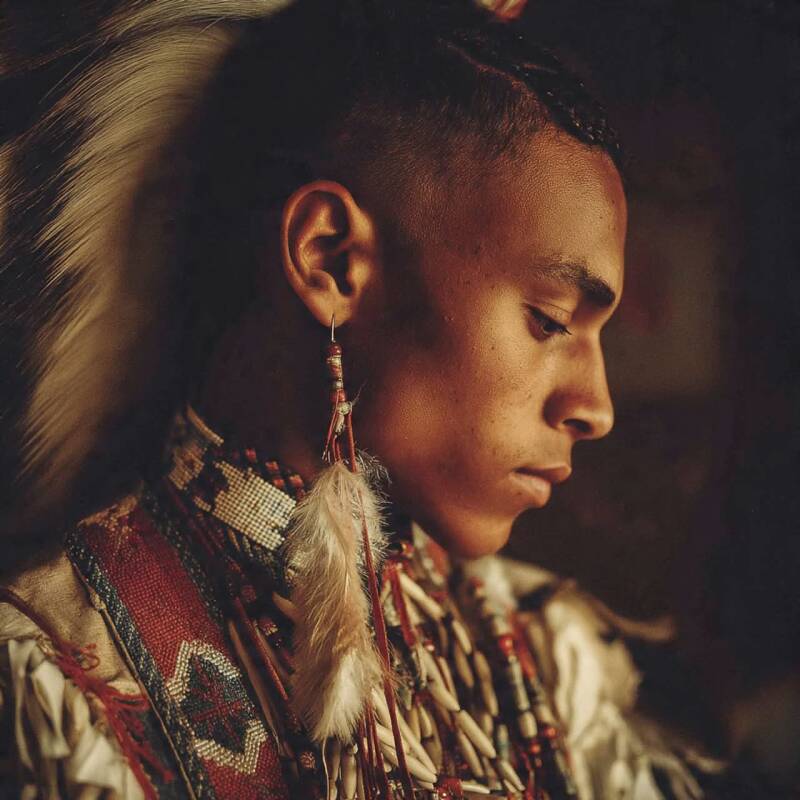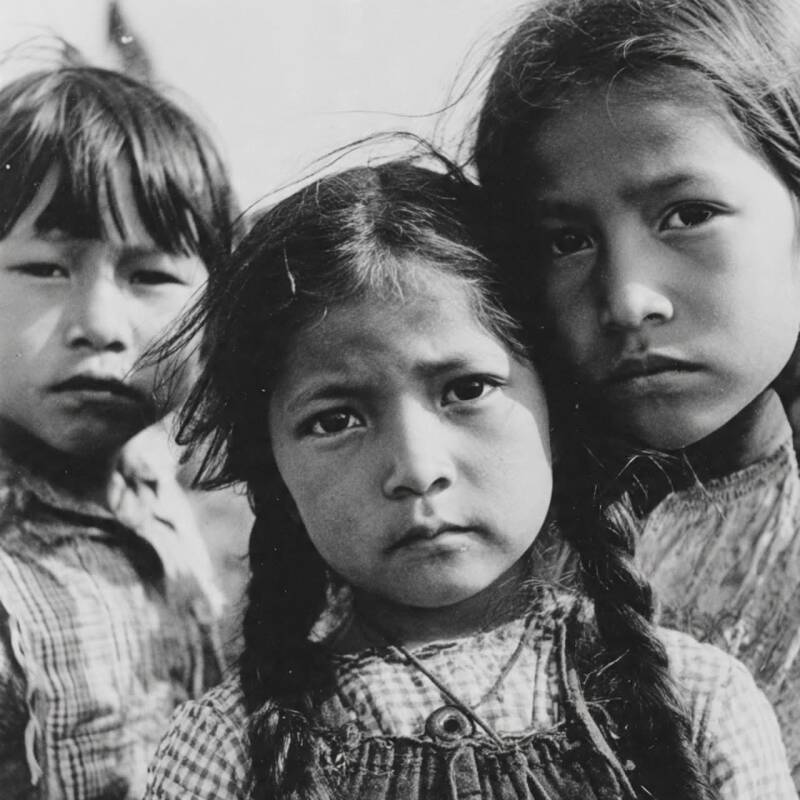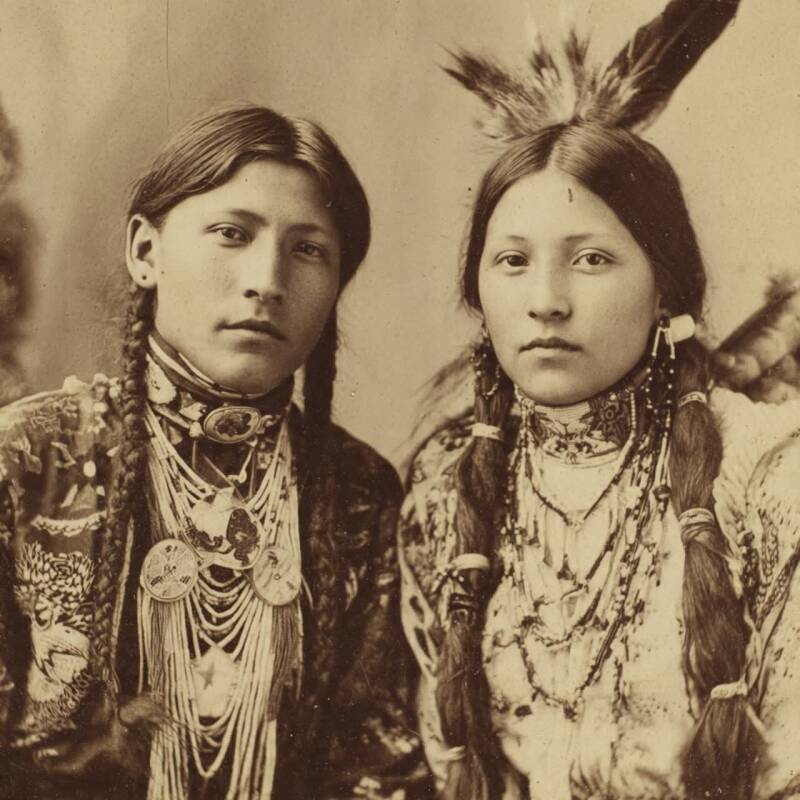
I want to start this post with honesty: I am angry. Angry at the centuries of broken promises, forced removals, and cultural erasure inflicted on Indigenous peoples. Angry that we live on land that was stolen from the Očhéthi Šakówiŋ — the Seven Council Fires — and yet so many continue to turn a blind eye to this truth. Native American Heritage Month is not just a celebration; it is a reminder of resilience in the face of injustice and the ongoing need to acknowledge, respect, and honor the people whose lands we inhabit.
The Očhéthi Šakówiŋ (pronounced oh-CHEH-tee shah-KOH-win) are a confederation of seven closely allied Sioux nations: the Mdewakanton, Wahpekute, Wahpeton, Sisseton, Yankton, Yanktonai, and Teton. Collectively called the Seven Council Fires, these nations formed a political, social, and spiritual alliance that emphasized unity, shared governance, and cultural connection. Each council fire represented a distinct group, with its own traditions, dialects, and territory, yet all came together to make collective decisions, maintain peace, and preserve spiritual life.

A History of Unity and Resilience
The Seven Council Fires were far more than symbolic. Leaders from each fire met at annual gatherings to renew alliances, discuss disputes, plan migrations, and perform sacred ceremonies. A central element of their tradition was the sacred fire (péta wakáŋ), whose embers were carried carefully from place to place. The fire represented continuity, guidance, and the spiritual heart of the Očhéthi Šakówiŋ people.
Despite European colonization, forced treaties, and repeated attempts to erase their culture, the Očhéthi Šakówiŋ endured. Wars, broken treaties, and relocation attempts—including displacement to reservations—threatened their way of life, yet their identity, language, and traditions survived. Today, the confederation’s legacy reminds us that survival is not passive; it is active, deliberate, and rooted in community, culture, and ceremony.

Language, Governance, and Spirituality
Language remains central to Očhéthi Šakówiŋ culture. The three primary dialects—Dakota, Nakota, and Lakota—carry centuries of oral history, songs, prayers, and teachings. These dialects not only communicate ideas but preserve spiritual and cultural knowledge, connecting past, present, and future generations.
Governance historically involved collective leadership. Each council fire contributed representatives who deliberated on matters affecting the entire confederation. Decisions balanced spiritual guidance, social cohesion, and practical needs, creating a system of shared responsibility and accountability.
Spirituality remains a vital part of Očhéthi Šakówiŋ life. Ceremonies like the Sun Dance or seasonal rituals were—and continue to be—opportunities for renewal, healing, and community bonding. The sacred fire, offerings, and prayers maintain a direct connection to ancestors, the land, and the divine.

Art, Culture, and Contemporary Achievements
The Očhéthi Šakówiŋ are also known for rich artistic traditions. Beadwork, quillwork, and ceremonial regalia demonstrate remarkable craftsmanship while conveying cultural stories and spiritual beliefs. Material culture, like textiles and tools, preserves ancestral knowledge and identity.
Today, many Očhéthi Šakówiŋ communities balance traditional practices with contemporary governance, education, and activism. Tribal governments oversee schools, health services, cultural centers, and land stewardship programs. The confederation’s influence remains visible in political advocacy, environmental protection, and cultural preservation, with events like the Standing Rock protests highlighting ongoing struggles to defend sacred land and water.
Why Using Their True Name Matters
“SIOUX” is a colonized label imposed from the outside. Using Očhéthi Šakówiŋ:
- Honors their self-identified name and cultural sovereignty.
- Recognizes the political and spiritual unity of the Seven Council Fires.
- Challenges us to confront historical erasure and ongoing colonization.
Acknowledging the true name is a small but vital act of respect — a recognition that these are not relics of history, but living communities with enduring culture, leadership, and resilience.

How to Learn More and Show Respect
• Visit cultural centers or museums featuring Očhéthi Šakówiŋ history, like the Minnesota Historical Society.
• Support tribal-authored literature, art, and media.
• Acknowledge the land you live on and its original peoples, especially if historically tied to Dakota, Nakota, or Lakota homelands.
• Share their stories, history, and true names with your community to help educate and amplify Indigenous voices.
As we reflect on the history, resilience, and enduring culture of the Očhéthi Šakówiŋ, let us remember that their story is one of many. Across this land, hundreds of Indigenous nations have survived colonization, displacement, and countless attempts at erasure. Today, we honor not only the Seven Council Fires but all tribes — past, present, and future — and recognize the sacredness of the lands they have stewarded for generations. May we commit to listening, learning, and standing in solidarity, and may we carry their names, stories, and legacies forward with respect, gratitude, and reverence.
Add comment
Comments